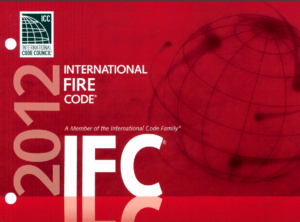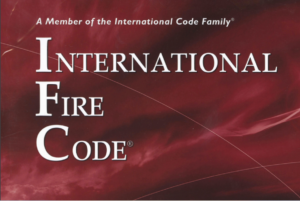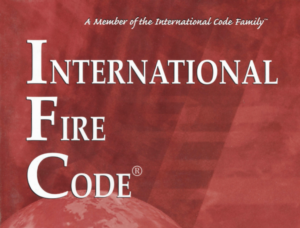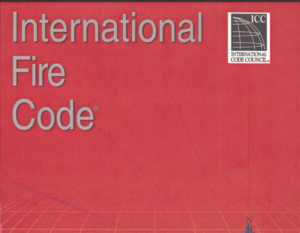The 2012 edition of the NFPA 30, Flammable and Combustible Liquids Code, is a comprehensive standard focusing on the safe storage, handling, and use of flammable and combustible liquids. This edition, which supersedes all previous versions, was approved as an American National Standard on June 20, 2011, reflecting the latest industry practices and technological advancements.
NFPA 30 has undergone significant revisions since its transformation from a model municipal ordinance in 1957 to a more robust code format, adapting over the decades to incorporate new safety practices and address the evolving needs of various industries dealing with hazardous liquids. The code’s development has been influenced by changes such as the introduction of new storage methods, materials, and safety protocols.
Key updates in recent editions include the integration of new fire protection design criteria for different classes of liquids and storage methods, updated requirements for underground and aboveground storage tanks, and enhanced measures for spill containment and overfill prevention. The 2012 edition notably includes provisions for the use of alcohol-based hand rub dispensers and integrates the NFPA 20 for installations involving fuel tanks for diesel-driven fire pumps.
The code also includes comprehensive guidelines on tank construction, piping systems, and the specific requirements related to the operational sectors like bulk plants, service stations, refineries, and chemical plants. It provides detailed requirements for new technologies and alternative solutions, ensuring they offer safety levels that are at least equivalent to those prescribed in the standard.
Overall, NFPA 30 serves as an essential document for industries and service sectors that manage flammable and combustible liquids, ensuring safety through standardized practices that align with the current understanding of risks and mitigation strategies associated with these hazardous materials.






